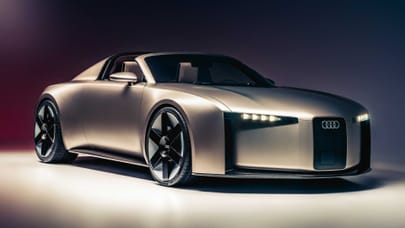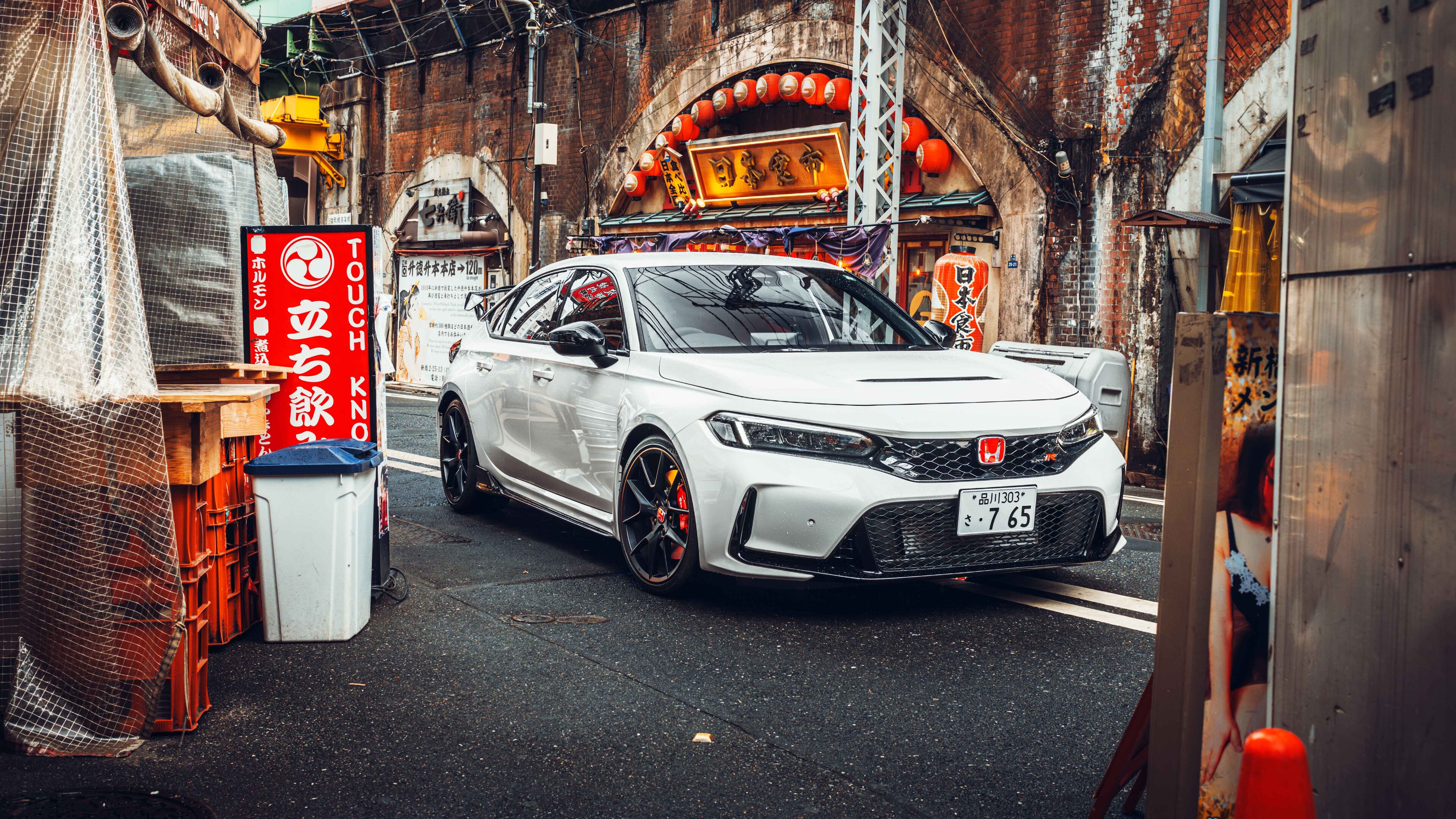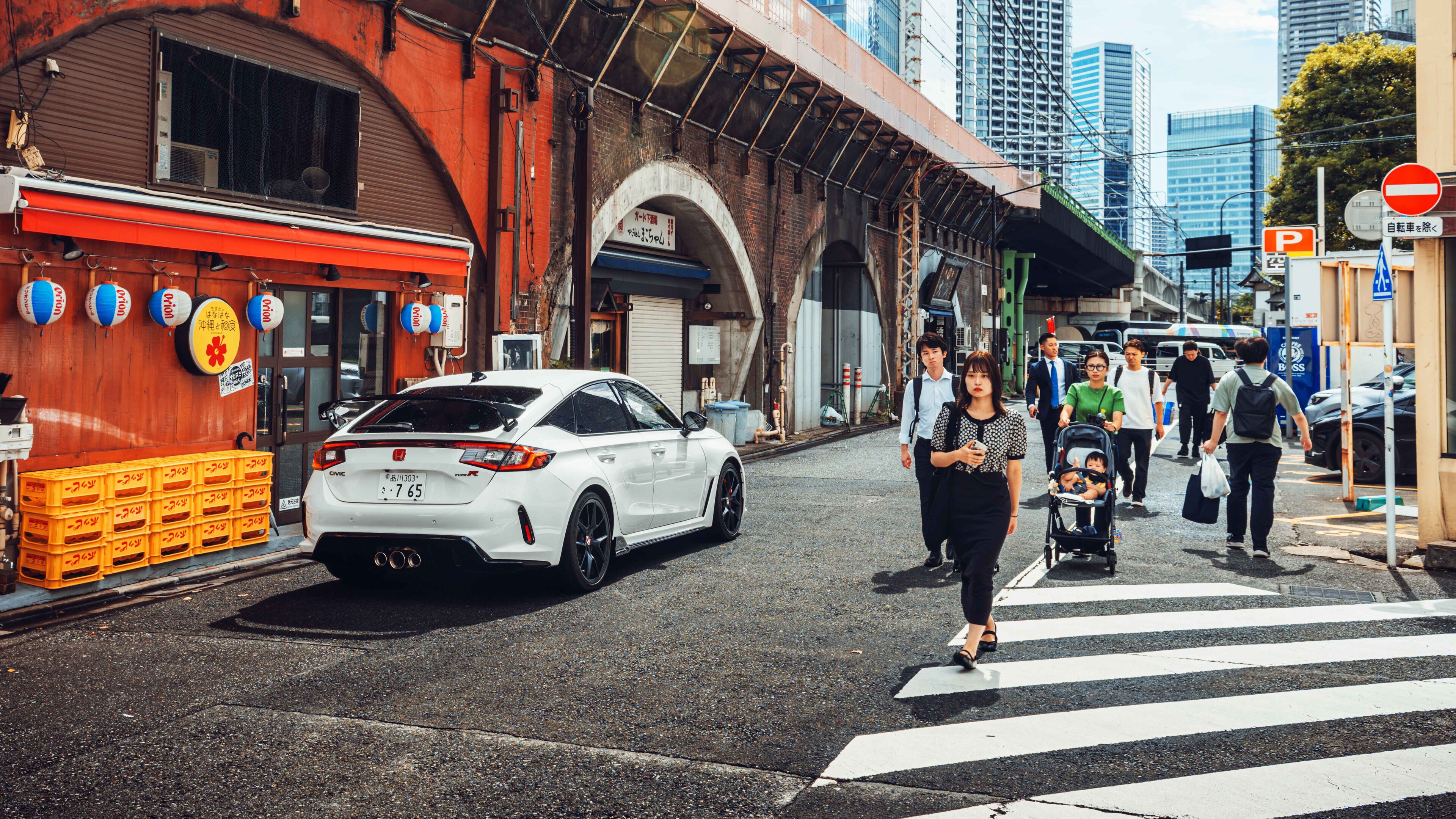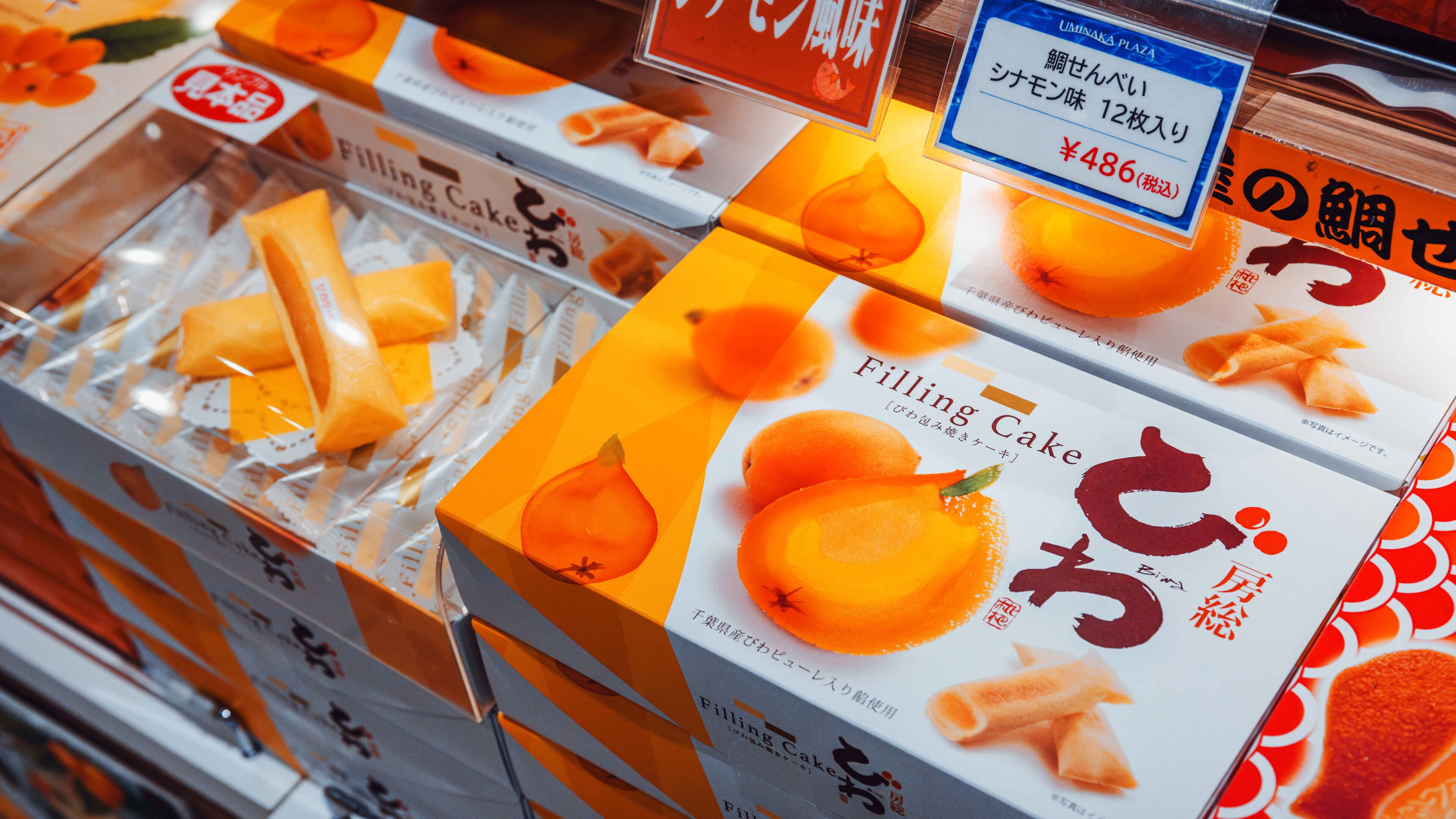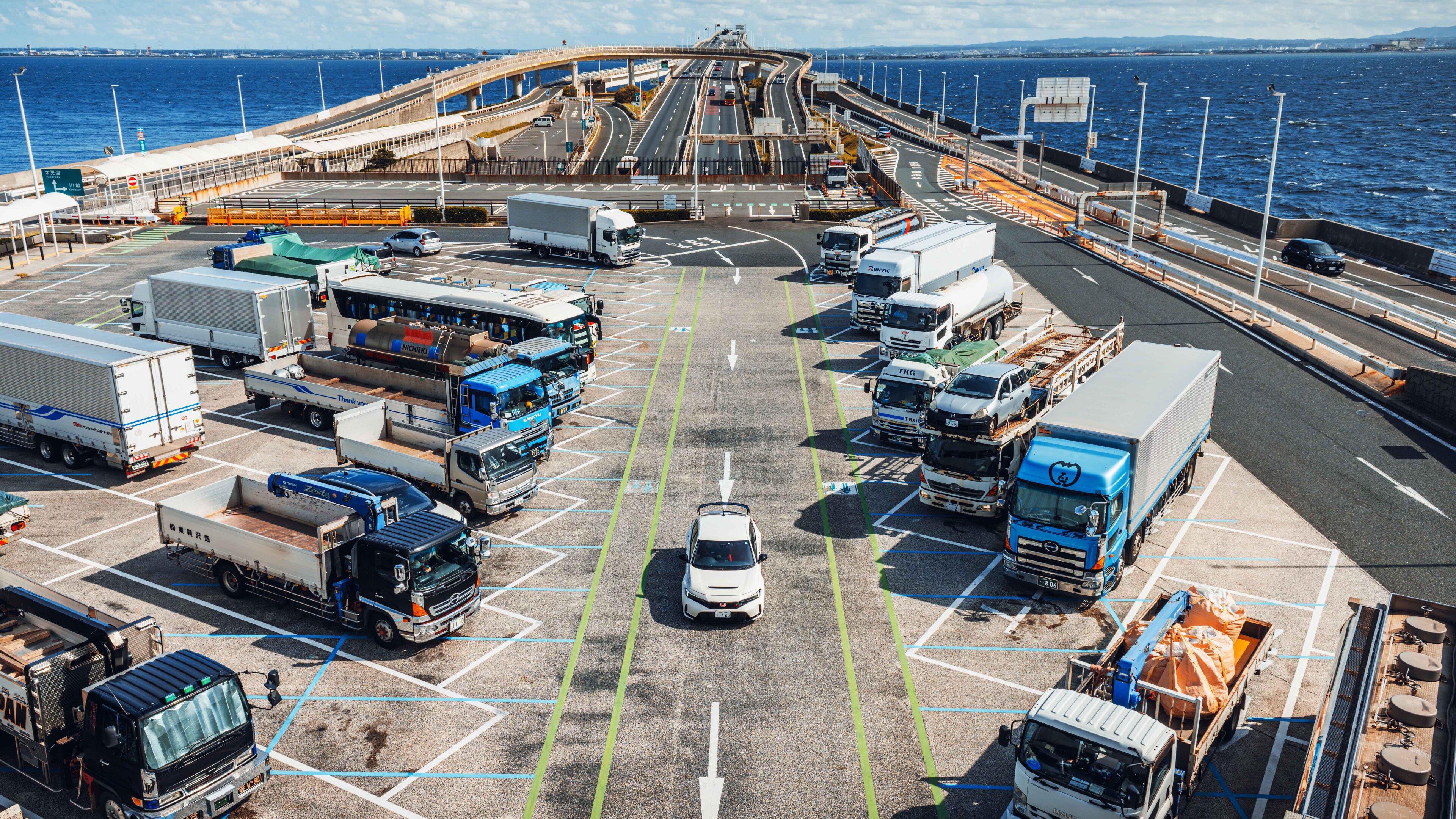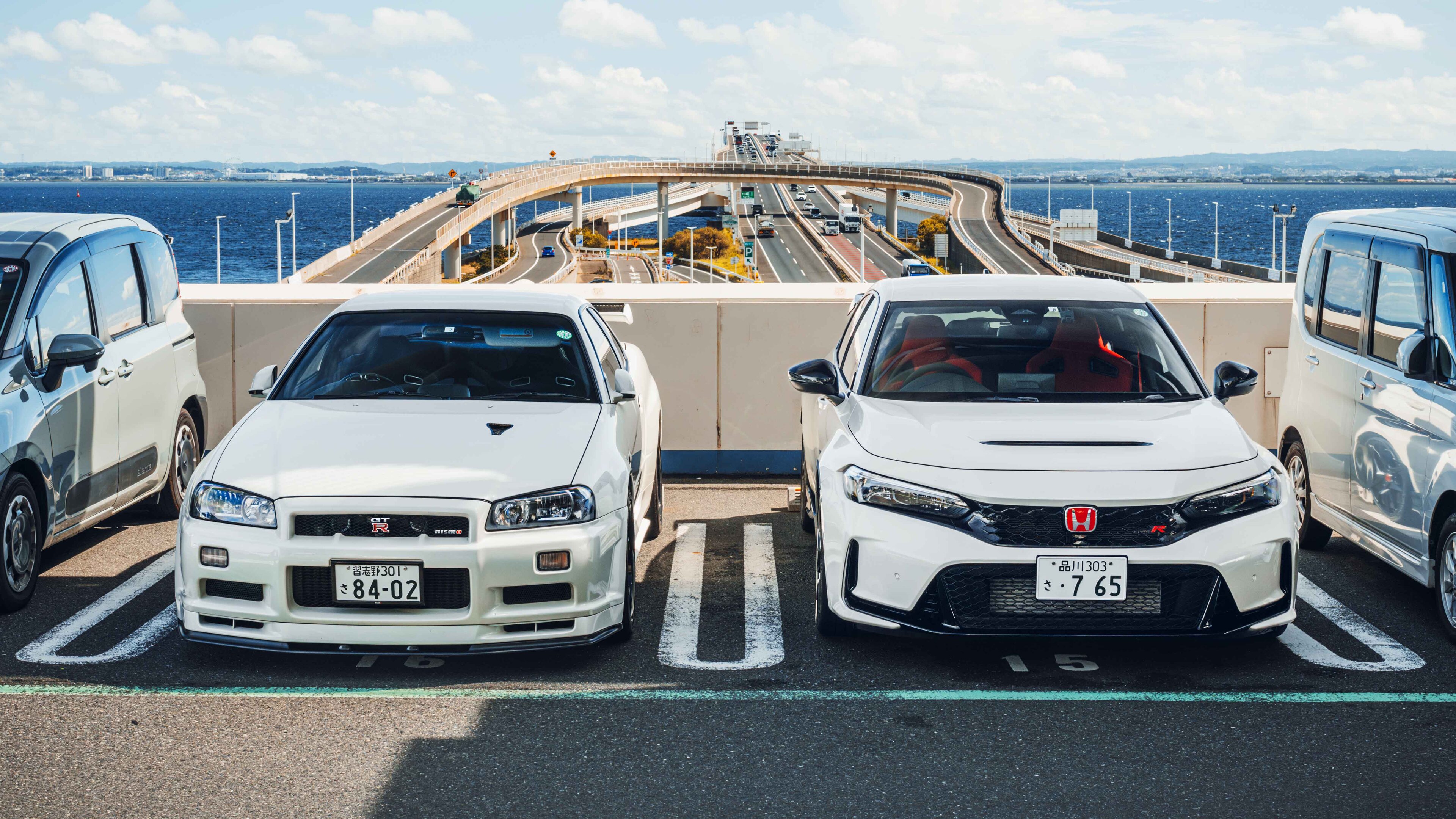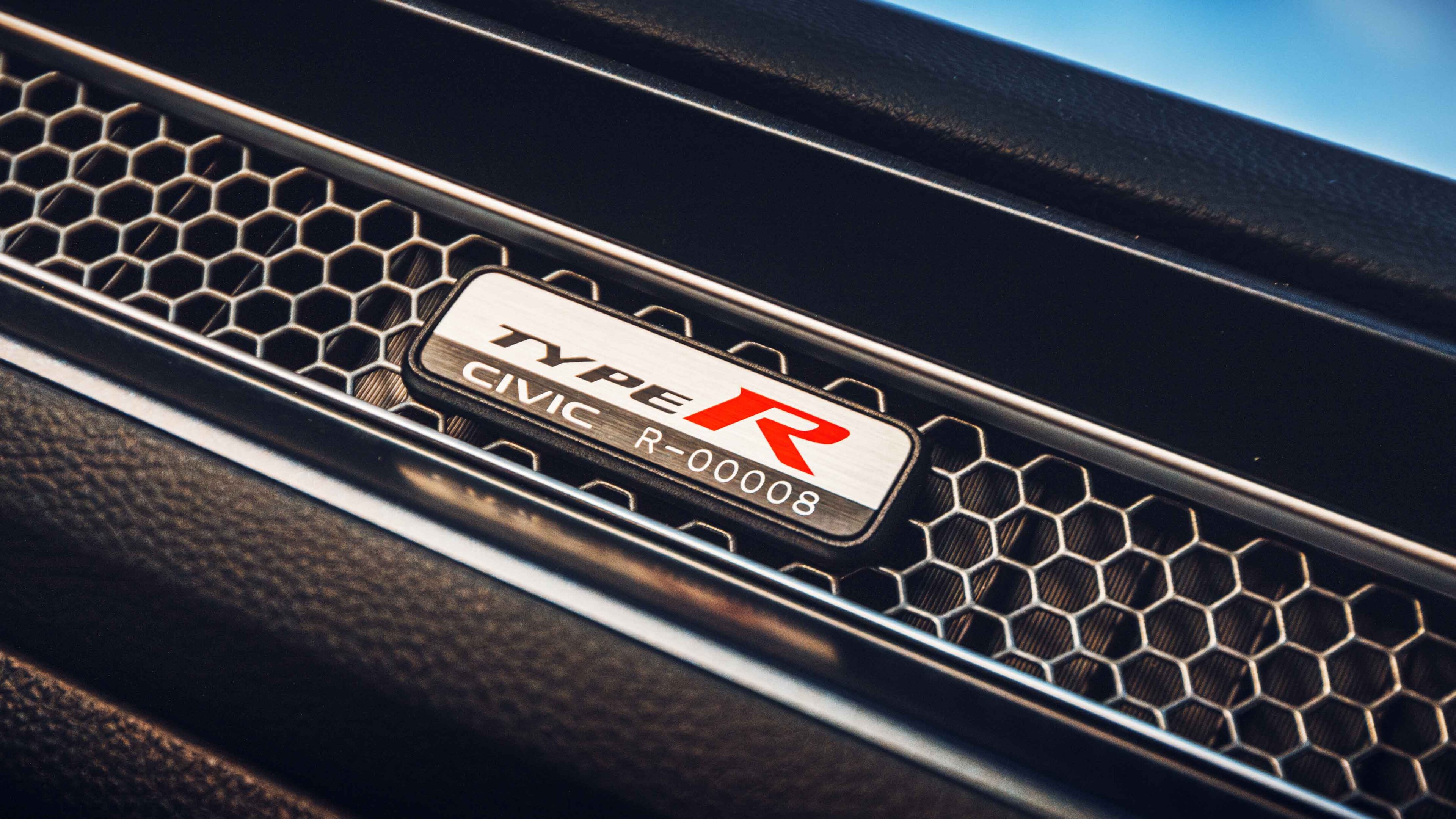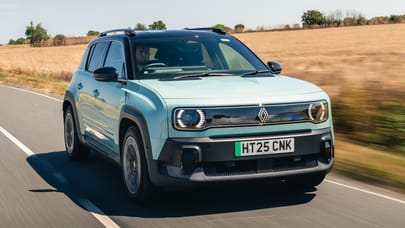
Hota to Hatcho: 24hrs in Japan with the best hot hatch of all time, the Honda Civic Type R
All you need for a roadtrip is a car, destination and an excuse. With a day spare in Japan, it's time to stretch that brief to its limit...
A long time ago, a friend told me there’s a place nestled on the eastern side of Tokyo bay called Hota. “Surely,” they smirked, “somewhere in Japan there’s a Hatcha. Then all you’d need is a Japanese hot hatch, and you’d have a quintessential Top Gear story.” A peek backstage for you there. Alfa Stelvio over Italy’s Stelvio Pass? Storm chasing in a Huracán? Where do we get our ideas?
Of course, we don’t just lob darts at a map and set off on an arbitrary quest for a tortured pun and, oh, would you look at that, a quick delve suggests there’s a Hatchobori district in southern Tokyo. Close enough. I didn’t fly halfway across the world just for this. Honda invited TG to its headquarters to check on its EV progress. Much earnest bowing and four billion PowerPoint slides later, I’ve been introduced to slimmer batteries, ultra efficient motor windings and low wattage heaters. But no actual cars. Or pictures of cars, or even disguised renderings of cars, at night, in a dark room.
With a day to kill in Tokyo before a night flight homeward and an aching brain, I’m hungry for something tangible, not numbers, graphs and promises. This is the chance. Just need a Japanese hot hatch. Lucky my host makes a doozy and they buy my pleas to borrow one for an epic roadtrip of derring do hook, line and sinker.
Photography: Toby Thyer
Early doors, I’m in an underground car park beneath a Honda office block across the road from Akasaka Palace. There’s a small problem: the Japanese market Civic Type R – identical to one you’d buy in Britain in every way – refuses to speak English. There’s no option to set any of its readouts into a language I can remotely understand.
Luckily I have an inside man, photographer Toby. Toby lives here, speaks Japanese and is pretty handy at reading it too. Which is how he told me there’s no option to change the language in the touchscreen. Still, shouldn’t be too much of a problem. My phone knows where we’re going. And the Civic’s reassuringly familiar, cradling us in its absurdly well-padded red chairs. They even have the decency to drive on the correct side of the road. Handy for a gaijin – an outsider, a foreigner.
Yep, I learned that word from Tokyo Drift too, which alongside the Midnight Club PlayStation franchise was my teenage introduction to this megacity. Japan might be gripped with anxieties about its ageing population and a stale job market, but when you’re dangled and dropped into the metropolis like the little Google Street View figure, there are few signs this place is on the wane from its 1980s tech boom peak.
Tokyo swallows 5,000 square miles (London carpets a mere 600). Its economy is worth more than the whole of Italy’s. And Brazil’s. And Korea’s, for the time being. The Japanese aren’t happy – they’ve recently slipped back to fourth in the global rich list behind Germany and their political scene is just as fractured as ours, led by an unpopular coalition scandalised by corruption. But to walk through? To drive around? ‘Downtown’ Tokyo still feels like you’ve been ejected from a hyperloop 30 years into the future. To a gaijin at least.
Top Gear
Newsletter
Thank you for subscribing to our newsletter. Look out for your regular round-up of news, reviews and offers in your inbox.
Get all the latest news, reviews and exclusives, direct to your inbox.
In recent years there’s also been a narrative that Tokyo is fed up of its ‘polite to a fault’ reputation, particularly towards brash, insensitive tourists. Since that Logan Paul video, there’s been a growing backlash of what’s become termed kankō kogai. Tourist pollution. That if Japan continues to welcome with open arms outsiders who don’t care for or adhere to its bowing deference, then it risks eroding what it even means to be Japanese in the first place.
Not much sign of any ire today. Driving through rush hour Tokyo is easier than London on Christmas Day. There’s none of that sense the city is out to get you, to prise open your wallet and help itself in return for a minor, victimless infraction. Put your indicator on and you will be given way to. Even in a winged, red badged road racer, you’re waved out into traffic, beckoned from T-junctions, and should you need to pause amid a six lane junction to grab a quick photo, anyone behind waits patiently, easing past only when they’re quite sure it will inconvenience precisely no one else. To the ‘out of my way’ European mind which presumes a base level of lowest common denominator idiocy from our fellow motorists, it’s even more of a culture shock than the food, the cleanliness and the platypus nosed trains.
Hota is an hour away, but Hatchōbori is only a mile or two east, so we resolve to loop east past the Imperial Palace to visit the latter first, then head out of the bay. To be honest, Hatchōbori was just another anonymous avenue of high rise apartments and convenience shops. Given all we’re looking for is a street sign, it doesn’t take long to bag that and get on with what I’m really after – a day on Japanese roads. You might like to get to know a place through its food or music. I like to drive through it.
Our route out to Hota takes us south from Shibuya (home of the most famous zebra crossing this side of Abbey Road), island hopping the reclaimed land that supports Haneda airport and along earthquakeproof expressways I recognise from all those hours of PlayStation research. Dropping out of Kawasaki, we’re funnelled into the Aqua-Line – the £7bn tunnel carrying the motorway under Tokyo bay. One of the last megaprojects paid for by Japan’s booming techonomic bubble, it opened in 1997 and within two years, tuners were taking advantage of the dead straight, crosswind proof runways to stretch the legs of tuned RX-7s, Supras and Skylines beyond 200mph.
In what might be the last days of the classic petrol, turbo, manual hot hatch, Honda’s defined what might be the greatest of all time
We’re not troubling the limits. This Type R is now such a well rounded bit of kit. The last couple were spectacular road going touring cars but restlessly strained against your better judgement. The latest one is supple and forgiving when it takes the hint you’re in the mood for a Honda, not a Type R. Easier on the eye too. No one here pays it any attention. That would be impolite.
Toby’s midway through an anecdote explaining how Tokyo’s road manners aren’t as utopian as I think (he was once interviewed under caution at a police station for glancing a taxi’s mirror while riding his scooter through traffic) when the Aqua-Line bursts out of the waters of Tokyo bay, morphing from undersea tunnel to spindly bridge in one seamless motion. This is what’s mesmerising about Japan – the infrastructure is a landmark in itself. We have Ben the clock. Paris has that radio tower and New York’s full of offices. In Japan, you marvel at its viaducts, railway platforms and motorway sliproads modelled on rejected plans for a rollercoaster. Why is none of it rusty or weathered? Why is there no graffiti or neglect?
Halfway along the Aqua-Line, we make landfall on the Umihotaru Parking Area – an underwhelming name for the only service station in the middle of the sea. It’s a multistorey car park, a shopping mall and a food court all rolled into one and decked out like a cruise ship, complete with ropes, rigging and portholes, perched on yet another artificial island. We park next to a stunning Nismo-kitted R34 Skyline, grab snacks, take in the views of the megacity we’ve left behind and get back on the road.
Usually on these trips, there’s some sort of time limit we’re up against. A flight or a hire car return. Not today, which is bliss. I considered billing it a race against Japan’s formidable public transport arsenal, but the bullet train doesn’t run this way. A local stopper train that looks like a piece of space junk on a trolley jack winds its way up from Hota to Hatcho in a couple of hours, but the car takes half that so I’ll spare you the false jeopardy. Back on land, the road now twists alongside the railway, through short tunnels with coppery rock-faced cuttings.
The Type R comes alive here. Certain cars only work in the context of the environment they were born in – lots of American iron, for instance. Supermini hot hatches were forged on the back roads of Europe, which is why they never caught on much in, say, rural Australia. The Civic is just as magic here, in its backyard, as it was in the mountains of Snowdonia or the pine forests of Sweden when it won our 2023 Performance Car of the Year title. It was great in town, and sublime on the motorway.
You can’t flummox it. The obedience of that front end, the engine’s tenacity, the sense there’s always more support available from the suspension should you require it. We weren’t sure we’d get another Type R – not now the standard Civic is hybrid, auto only, there are CO2 tripwires to vault and Honda is throwing billions at an ambitious EV onslaught. But in what might be the last days of the classic petrol, turbo, manual hot hatch, Honda’s defined what might be the greatest of all time. If you really adore and worship driving, incredibly, it’s actually worth the money asked. “Fifty grand for a Honda” sneer the badge snobs. Fifty grand for one of the best cars ever made is a steal.
The day walking Japanese don’t seem overly bothered by this emperor among family hatches
Sorry if I’m gushing. Felt I had to tell someone, because the Type R doesn’t get much home support. Where are the cheerleaders? Drive a Ferrari in Italy and you’re second only to the pope in road hierarchy. Stop to gas up your Dodge Challenger in rural California and the attendant will enthusiastically ask you to pop the hood and enquire how much supercharger boost pressure you’re running. Even ever cynical Britain still reserves a “Nice car, mate” for an Aston or Bentley if it’s specced tastefully. But the day walking Japanese don’t seem overly bothered by this emperor among family hatches.
No one seems interested in much at all in Hota. The conveniently named station I’ve marked as finish line is charming, built over 100 years ago, but the whitewash is flaking in the tropical sun and the ticket desk is unmanned. One train an hour rumbles along the immaculate weed free tracks. A solitary passenger disembarks as it pauses, momentarily glances at two lost tourists and their triple piped hire car, and ambles away, hoping kankō kogai hasn’t found her sleepy backwater.
She disappears down streets with shuttered shops where the only cheery faces are on the kei cars peeking out of pocket sized driveways. And now we only have to turn around and go back. Around the bay this time, along deserted motorways (the Aqua-Line is half the distance, so hardly anyone takes the long way round anymore). Back from Hota, to Hatcho, in the best one ever. Any excuse.
Trending this week
- Car Review
BMW iX3






